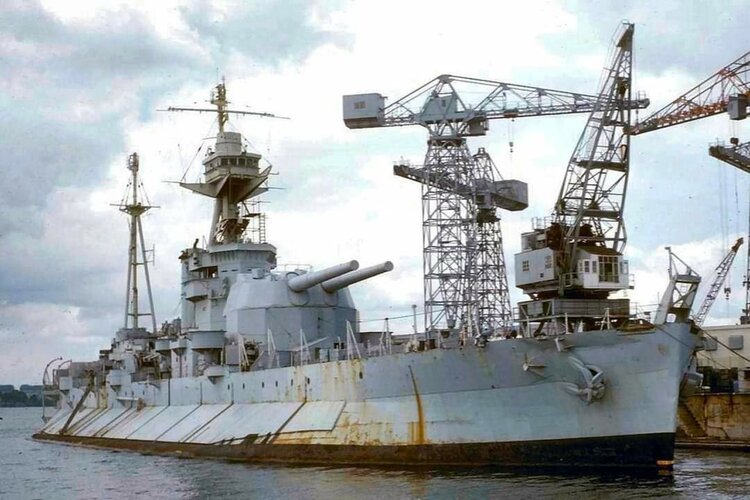Pirate Pete
ACCESS: Secret
- Joined
- 25 July 2007
- Messages
- 351
- Reaction score
- 586
I have been flicking through my copy of Building for Victory by George Moore, partly to find hints on what Admiralty construction programmes were towards the end of WW2 and the then thoughts of looking forwards…
there is reference to a paper dated 28th April 1944 entitled “The Empires Post War Fleet”, but regrettably I have not been able to find any details….
Have any Forum Members access to or sighted this document? I would be VERY interested in reading it.
Thank you to anyone who can either point me towards source material - regrettably I am unable to get to the National Archives or National Maritime Museum and am therefore restricted to either on-line sources or publications produced by Authors.
there is reference to a paper dated 28th April 1944 entitled “The Empires Post War Fleet”, but regrettably I have not been able to find any details….
Have any Forum Members access to or sighted this document? I would be VERY interested in reading it.
Thank you to anyone who can either point me towards source material - regrettably I am unable to get to the National Archives or National Maritime Museum and am therefore restricted to either on-line sources or publications produced by Authors.
Last edited:

